Information Technology Reference
In-Depth Information
some form of affectedness, but the moaning of a rusty piece of machinery.
Perhaps you already stumbled when reading the title of my lecture,
“Cybernetics of Epistemology.” Inwardly you were convinced that what I
really had meant was “An Epistemology of Cybernetics.” originally, this had
actually been the case. But over the course of some thinking, it became clear
to me that not only an epistemology of cybernetics, but any epistemology
claiming completeness will be some form of cybernetic theory.
The essential contribution of cybernetics to epistemology is the ability
to change an open system into a closed system, especially as regards the
closing of a linear, open, infinite causal nexus into closed, finite, circular
causality.
Here, perhaps, a historic footnote may be in order. Several years before
Norbert Wiener called our area of study “Cybernetics,” there were yearly
symposia in New York where a group of scholars from different fields (who
were close to Wiener) congregated to talk about common problems. The
subject was “Circular Causal and Feedback Mechanisms in Biological and
Social Systems”.
1-5
First of all, the idea of closed circular causality has the pleasant charac-
teristic that the cause for an effect in the present can be found in the past
if one cuts the circle at one spot, and that the cause lies in the future if
one does the cutting at the diametrically opposed spot. Closed circular
causality, thus, bridges the gap between effective and final cause, between
motive and purpose.
Secondly, by closing the causal chain one also appears to have gained the
advantage of having gotten rid of a degree of uncertainty: no longer does
one have to concern oneself with the starting conditions—as they are auto-
matically supplied by the end conditions. To be sure, this is the case, but
the matter is anything but simple: only certain values of those conditions
provide a solution for the processes within the circle; the problem has
become an “Eigen-value” problem.
What also causes complication is that now the suspicion will be raised
that the whole matter of circular causality might be mere logical mischief.
We already know this from the theory of logical inference—the infamous
vicious cycle: cause becomes effect and effect becomes cause.
It is my intent not only to liberate the “
circulus vitiosus
” from its bad
reputation,
6
but to raise it to the honorable position of a “
circulus cre-
ativus
”, a creative cycle.
I want to start with two preliminary propositions. For the first one I will
use the two expressions “sensorium” and “motorium.” With sensorium I
mean the system of conscious sensations, and with motorium I mean con-
trolled sequences of motion.
My first proposition:
The meaning of the signals of the sensorium are determined by the motorium; and
the meaning of the signals of the motorium are determined by the sensorium.

Search WWH ::

Custom Search